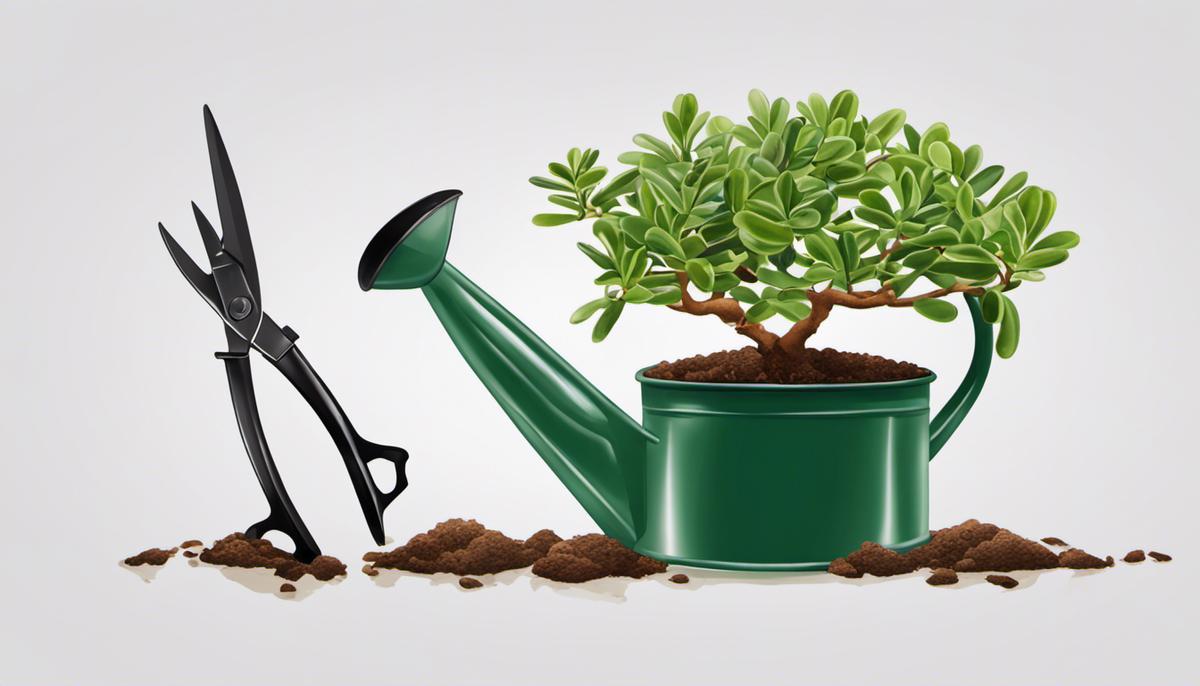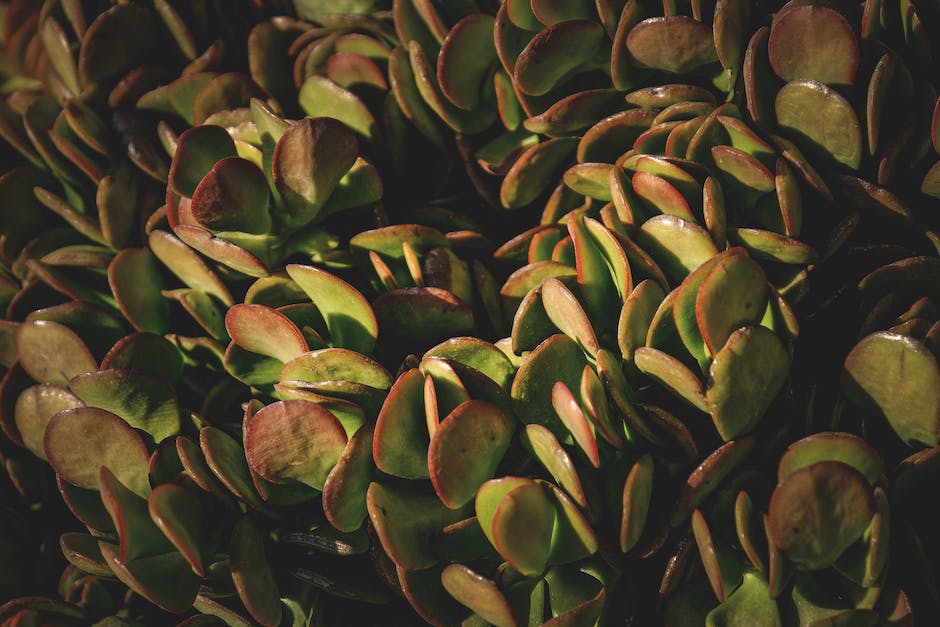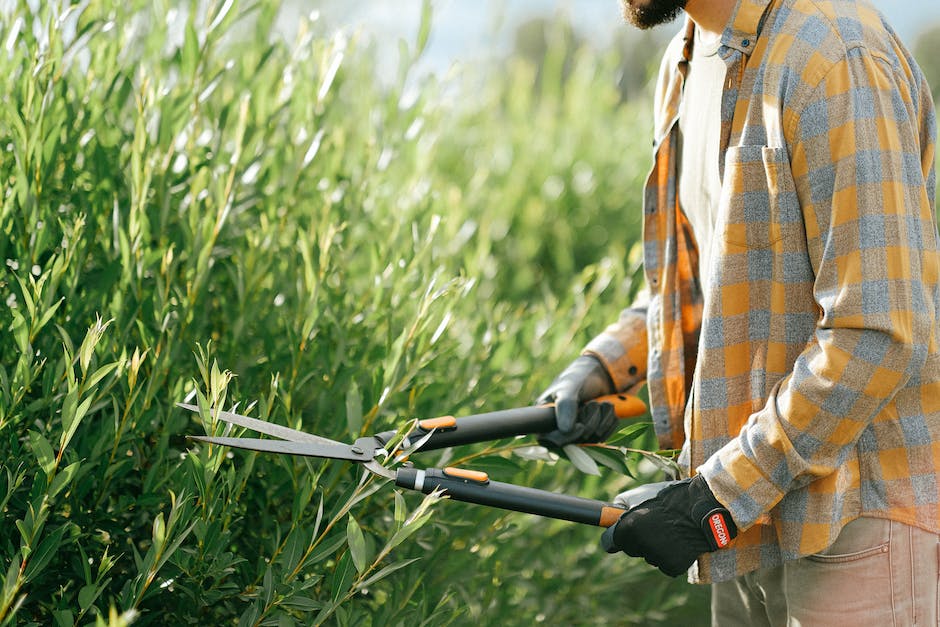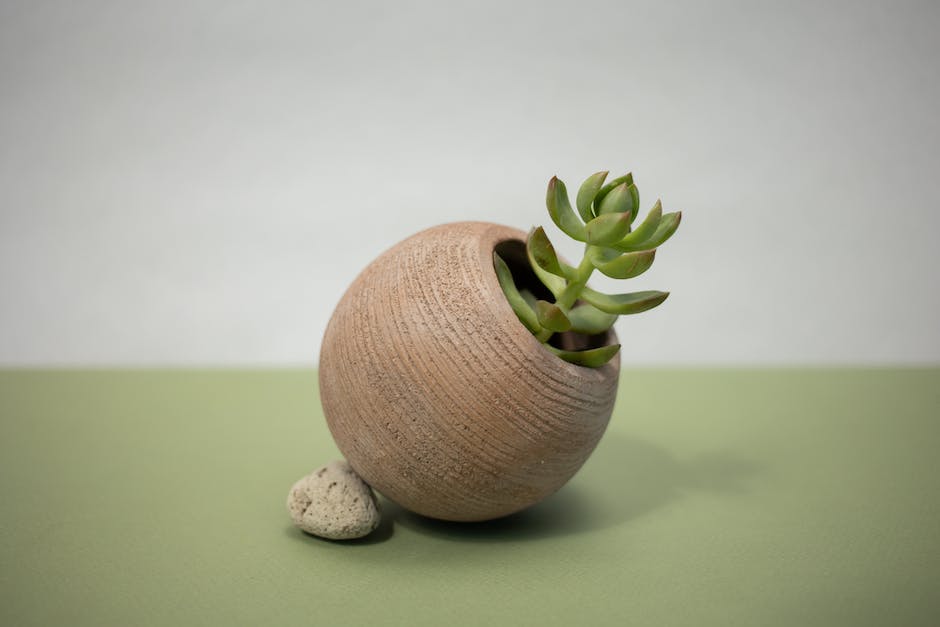Revitalizing Your Jade Plant: A Pruning Guide

Jade Plants, known scientifically as Crassula ovata, are charming and resilient houseplants that, like any living thing, benefit greatly from specialized care and attention. As a beginner or expert jade plant owner, it’s crucial you gain a comprehensive understanding of these beautiful succulents, their ideal growing conditions, and the importance of one of the key maintenance tasks – pruning. Pruning doesn’t just maintain the aesthetic beauty of your jade plant; it is an essential care practice that can boost plant health significantly and encourage productive growth.
Understanding Jade Plants
Buttery green fingers reaching skyward is perhaps the first sign of a glorious Jade plant. They stand victorious against dry environments and offer a luxurious presence to spruce up any space, fitting perfectly on your office desk or windowsill. These lovely succulents are known for their resilience, easy maintenance, and rich symbolism. But what is it that truly makes Jade plants a unique addition to your indoor oasis?
Jade plants, also known as Crassula ovata, fiberglass plant, or a “money tree” in certain regions, are native to South Africa. They are renowned for being able to survive in conditions that generally aren’t conducive to plant growth. But the source of their resilience lies in their thick, waxy leaves that store water, allowing them to endure long periods without hydration. Moreover, Jade plants are long-lived, with lifespans extending beyond decades when properly cared for.
Besides their durability, Jade plants are remarkable for their variance in appearance. Mature plants can grow up to 5 feet tall, while miniaturized versions can fit in the palm of a hand. The leaves can measure between 1 to 3.5 inches, forming an interesting contrast in scale. In terms of color, they can vary from vibrant green to deep, burgundy shades under ample sunlight.
Another significant aspect is their blooming behavior. If provided with enough sunlight (not too direct) and cooler temperatures during winter, Jade plants will grace observers with smatterings of pink or white star-shaped flowers. Their peculiar growth process adds a captivating layer to their personality.
While not widely known, the composition of Jade plants sets them apart from traditional houseplants. They contain two types of cells: parenchyma (the majority making up the pulpy interior) and collenchyma (around the edges providing structure). This combination results in a unique leaf texture, balancing between delicate succulence and robust rigidity.
Lasty, one might be surprised to learn about the symbolism attached to the Jade plant. It is often associated with prosperity, wealth, and positivity in many cultures. Archetypally, it is a go-to Aspergillum plant in Feng Shui, serving as an emblem of harmony and positive energy, notably enhancing the “Wealth and Prosperity” and “Health and Longevity” sectors.
The uniqueness of Jade plants extends beyond their leafy looks. With a considerable lifespan, easy maintenance requirements, and potential to yield beautiful blooms under ideal conditions, Jade plants are an exceptional succulent to consider for any indoor garden. Their unique cellular structure and rich symbolism of well-being and prosperity make them a truly singular species of flora. What a marvel nature has bestowed upon us in the form of Jade plants!

Pruning Techniques
The Art of Jade Plant Care – Fertilization, Sunlight, and Watering Techniques
For both experienced and budding enthusiasts in the wonderful world of botany, tending to Jade plants provides a unique and satisfying experience like no other. These resilient and aesthetically pleasing flora offer an exciting challenge to green thumbs everywhere. A significant aspect of Jade plant care is nurturing their unique characteristics. Having covered the basics of Jade plants, let’s delve further into nurturing these luscious, leafy gems.
Fertilization is integral in sustaining the Jade plant’s vibrant nature. While these plants can thrive in poor soil conditions, supplemental feeding is beneficial. Feeding the plant with a water-soluble fertilizer with high nitrogen content like a 20-20-20 mix lays the groundwork for strong development. However, keep in mind to reduce fertilizer use during the winter, a dormant period for Jade plants.
Let’s jump right into sunlight requirements. Jade plants have adapted to withstand strong sunlight. Bask these beauties in bright light for around four hours daily and watch their leaves gain a gorgeous, red-tipped hue – a sign of a healthy Jade plant. However, like all good things, moderation is key. Remember to ensure these plants are not exposed to harsh midday sun that might cause leaf scorching. These plants enjoy the morning sun!
Watering Jade plants follows a golden rule – ‘Less is More.’ Overwatering these succulents can lead to root rot or even death. It’s best to allow the soil to dry out completely between watering for optimal health. Don’t be alarmed if the leaves begin to shrivel a bit. They’ll perk right up after the next watering.
Another fascinating, yet often overlooked feature of Jade plant care is pruning. This can transform your plant into a miniature, bonsai-style tree. Be strategic and careful with your cutting, aiming for thick, older stems rather than young shoots. This crafty technique can shape your Jade plant into an eye-catching display specimen, not to mention, it also encourages thicker, more controlled growth.
Finally, proper repotting is essential for a thriving Jade plant. These succulents have an extensive root system that requires repotting every 2-3 years. While repotting, be sure to replace the old soil and gently clean the roots. Choose a pot that allows roots to spread and grow. Terra cotta pots are highly recommended for their excellent drainage qualities and the stability they provide to these top-heavy plants.
Jade plants, more than their resilience, size variations, leaf textures, and cultural associations, bring about a sense of fulfillment that you’ve nurtured nature. They are in themselves a testament to your dedication and passion for this unique hobby. Let’s continue to explore, experiment, and learn about these fascinating plants, shall we?

Post-Pruning Care
Ensuring your jade plant thrives after pruning involves more than simply snipping away. In fact, its aftercare routine is just as critical. Properly nurturing a jade plant post-pruning encourages new, healthy growth and maintains its lush, vibrant appearance.
Firstly, proceed by relocating your pruned jade plant to an ideally positioned spot. The location needs to provide a balance between sunlight and indirect light. Exposure to morning sun, coupled with afternoon shade, is typically ideal for jade plants. However, avoid exposing your plant to harsh, midday sunlight. It can scorch the leaves, causing irreversible harm.
Just as important is the post-pruning watering routine. Jade plants, similar to other succulents, have water-storing leaves, making them drought-tolerant. Overwatering, especially right after pruning, can cause root rot. It’s recommended to water the plant thoroughly but letting the topsoil dry out between each watering. The key is to remain tactile. Observe your plant and its requirements; wilted leaves could probably use a splash, but be cautious not to soak.
A good tip is to wait a few days post-pruning before you water. This allows the new cuttings to dry and callous over, which prevents the plant from absorbing too much moisture and getting waterlogged. Such patience in the watering routine is significant considering jade plants’ sensitivity to root rot.
The role of fertilizing jade plants after pruning is essential too. Applying a balanced, water-soluble fertilizer is recommended. But remember, this isn’t a monthly routine but rather a bi-annual event. Best times are in the spring and summer, which coincide with the plant’s active growth periods. During the dormant winter months, just let your jade take a break from feedings!
Investing in proper potting is another important care point post-pruning. A well-draining potting mix for cacti or succulents is your best bet. Coupled with a pot that has ample drainage, it helps your jade steer clear of water stagnation, favoring a healthy root system.
Clearly, keeping these tips in mind, caring for a jade plant after pruning is straightforward. However, it requires a vigilant and tender approach. With patience, observation, and the right care strategies, your jade plant can rebound and thrive, rewarding you with a lush, healthy display for years to come.

Ensuring the optimal health and appearance of your Jade Plant requires an understanding of its physiology, ideal environment and, importantly, how to treat it after pruning. Just as a surgeon would look after a patient post-op, so too must the Jade Plant caregiver. With proper watering schemes and management of light exposure following a prune, your Jade Plant will reward you with vibrant growth and a longer lifespan. Regular pruning, coupled with careful post-pruning care, enables you to enjoy the Jade Plant’s alluring beauty while facilitating its overall health and well-being.



